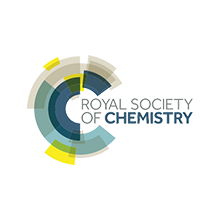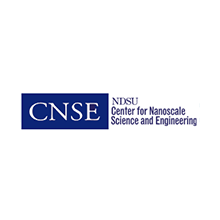Overview
SLIPPERY SOLUTIONS FOR STICKY PROBLEMS™

About SLIPS
The SLIPS™ Difference
SLIPS™ vs. Alternatives
SLIPS™ Product Families
Award-Winning, Globally Acclaimed Technology
SLIPS received a 2012 R&D 100 Award from R&D Magazine, making it one of the 100 most technologically significant products of the year.
"It's interesting that it combines self-lubrication, self-healing and self-cleaning, which are different processes...It's a new type of smart material."
Michael Nosonovsky, University of Wisconsin-Milwaukee - Link to article
“In my opinion, this study does not simply represent an improvement in liquid-repellent surfaces, but rather a revolution in the field...I am sure many researchers reading this paper would think as I do: ‘I wish I would have thought about these surfaces before.’”
Philippe Brunet, University of Paris Diderot - Link to article
"The combination of solids and liquids uses capillary action to bring lubricant to the surface of nano/microengineered structures...Furthermore, the ability of the surface to 'heal' sets it apart from other cutting-edge approaches."
Robert Short, Mawson Institute at the University of South Australia - Link to article
“SLIPs are one of only a handful of next generation, ecofriendly materials I have come across that pose a clear and present danger to marine biofouling—barnacles beware.”
Shane Stafslien, North Dakota State University
"This really is a new direction...Many of us have been working on improving the durability of 'lotus effect' materials but this now offers us an alternative way to try to reach the same objectives."
Steven Bell, Queen's University - Link to article
“It’s really exciting to see that this principle has inspired the authors and allowed them to develop something that could prove extremely useful.”
Walter Federle, University of Cambridge - Link to article
Slippery Solutions
SLIPS™ solves sticky materials problems in industrial, medical, and consumer applications—everything from barnacle adhesion to container emptying to bacterial fouling.
SLIPS™ delivers tremendous value by offering the following:
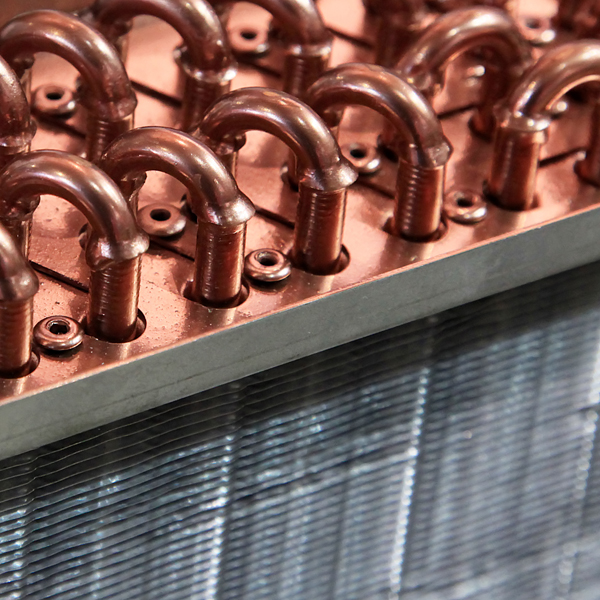
Savings in Cost and Energy |
Reducing downtime, waste, fuel, and water use |
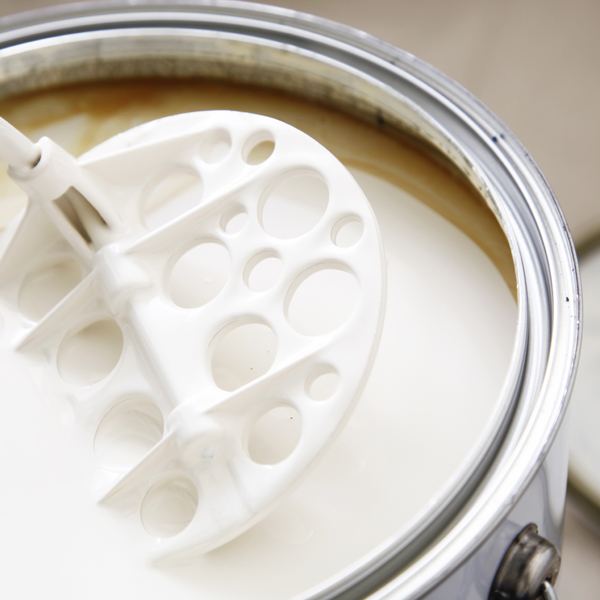
Functionality or Durability Enhancements |
Adding features to products and increasing durability |
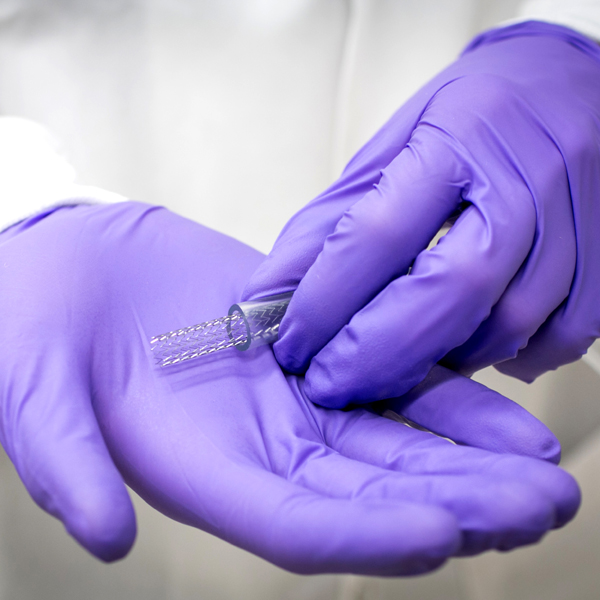
Improved Healthcare |
Reducing biological fouling in food and medical applications |




